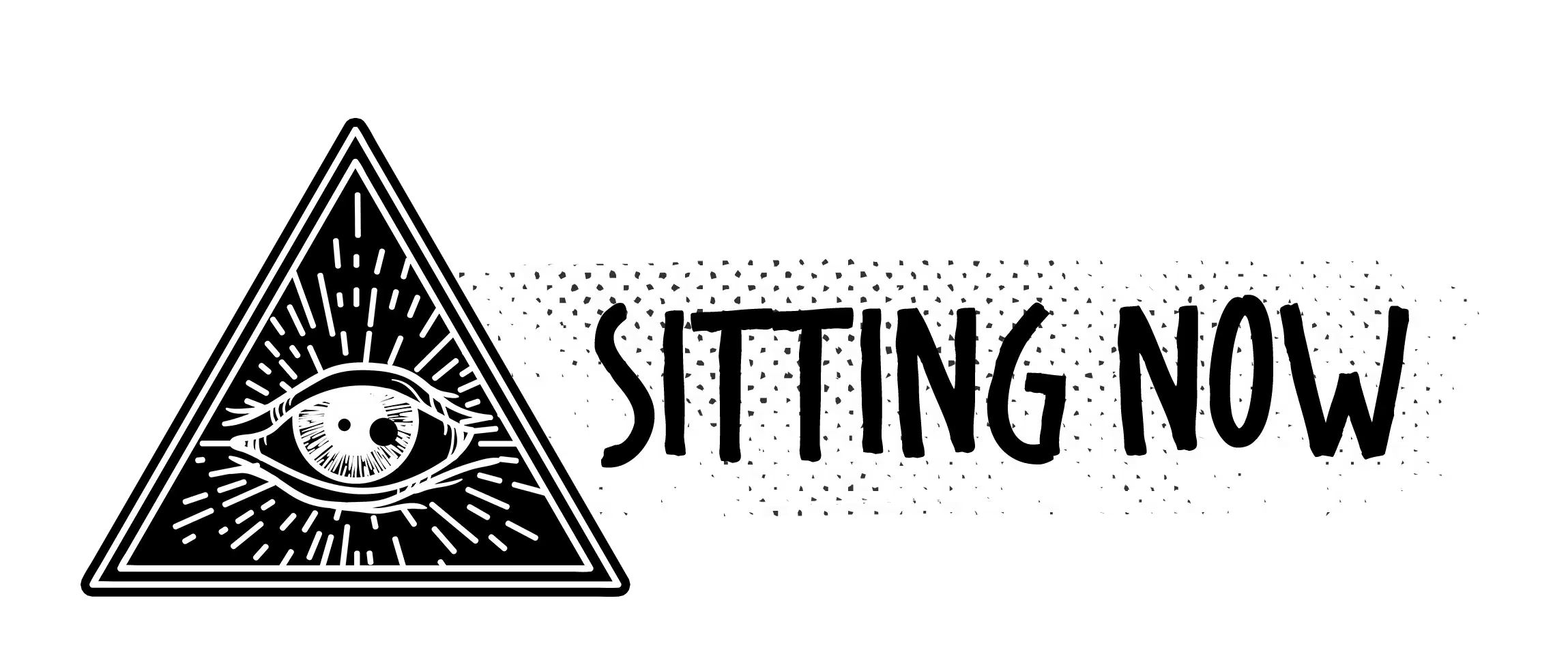
.
I became aware of this film when I read an interview with the directors of The Blair Witch project (possibly my all time favourite horror film). The production company behind “Blair Witch” was called Haxan Pictures and they explained that the name originated from this 1922 “documentary”.

A fair and balanced depiction of Witchcraft!
Directed by Benjamin Christensen, the film set out both to summarise the history of witchcraft and also explain it in a “modern” context. The film begins with some explanation of the medieval view of the world, heaven and hell, and how witchcraft was viewed and represented historically. Cue lots of salacious medieval woodcuts and some pointing with sticks. The second part of the film shows how witches spent their time, mainly dreaming of Satan and rubbing themselves down with witch ointment. There are some pretty nifty effects on show for a film made in 1922, and this section gives us our first glimpse of the expensive set pieces involving Christensen made up as Satan. The dream sequences and reconstructions of black masses are very atmospheric, and there is something quite sinister about them. Christensen’s constant snake-like tongue flicking whilst in character as the Devil is grotesque and the cast of amateurs give a surreal but compelling feel to the reconstructions.
The third part of the film deals mainly with the consequences of being accused of witchcraft. The methods of the Inquisition are shown at length in the case of an old woman who is falsely accused. The “witch” is tortured in a deeply unconvincing fashion, but it is when Christensen blithely mentions using thumbscrews on his leading lady (at her insistence, he claims) that things become disturbing. The final part of the film takes the enlightened approach of questioning how many innocent souls were dispatched on the basis of having some mild psychological disturbance, easily diagnosed now but incomprehensibly strange back then.

"Where's my sammich?"
There are so many memorable moments in this film. The gluttonous friar under the influence of a love potion, the old woman chasing money that disappears away from her in a startling stop motion sequence. It is no surprise to find out that the film was the most expensive Scandinavian silent film ever made, and whilst it has very obviously dated, it is still an extremely stylish affair. It is this panache that appears to have kept the film in the corner of the public eye, with a number of different versions of the film appearing over the years. There was a 1968 version narrated by William S Burroughs (which is about half an hour shorter than the original) which is most noteworthy for a startling jazz soundtrack which is totally inappropriate and completely bonkers, but highly entertaining. There have also been not one but two new soundtracks produced for the film as recently as 2007.
I would highly recommend watching Haxan, it is an endearing and spooky document of silent film-making at its best and most charismatic, although you’ll probably learn more about witchcraft from Wikipedia.
Daddytank


